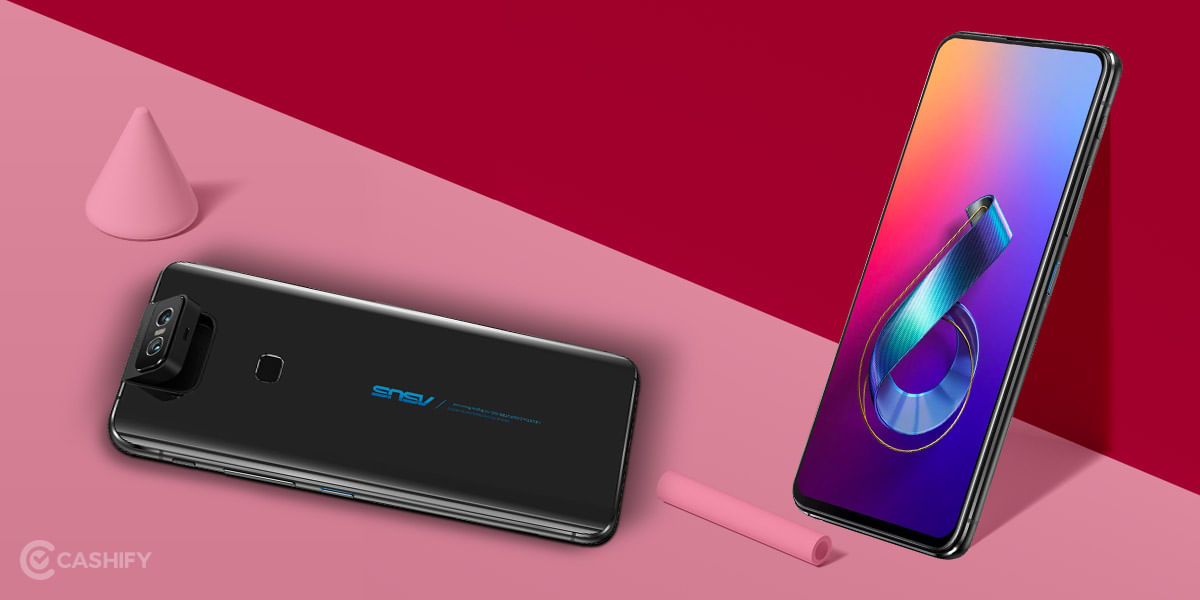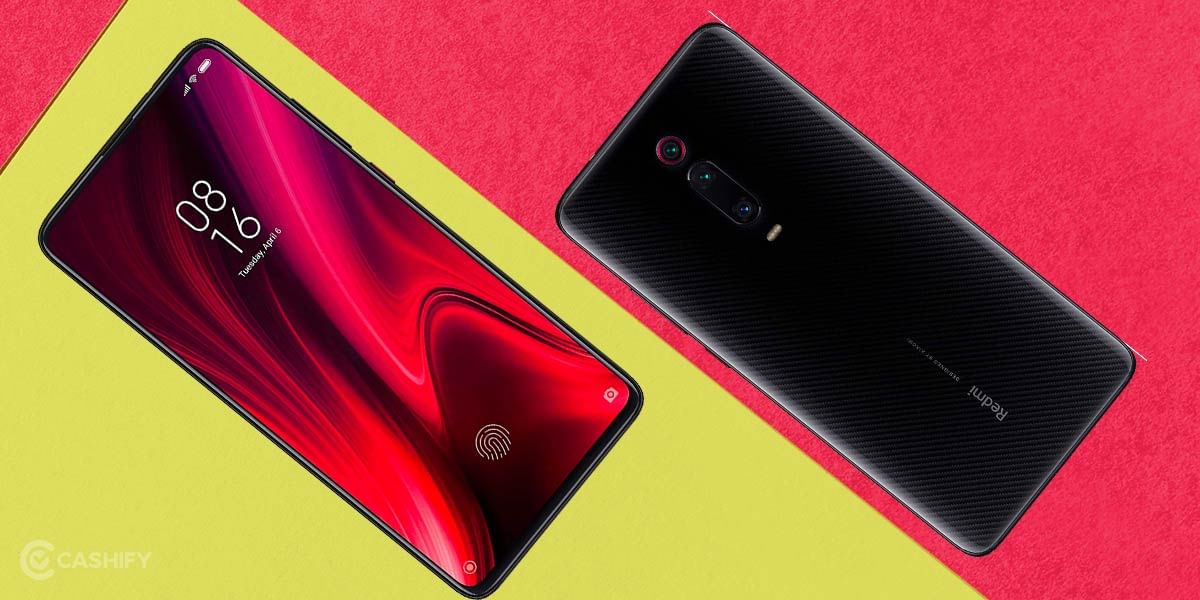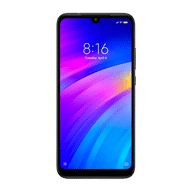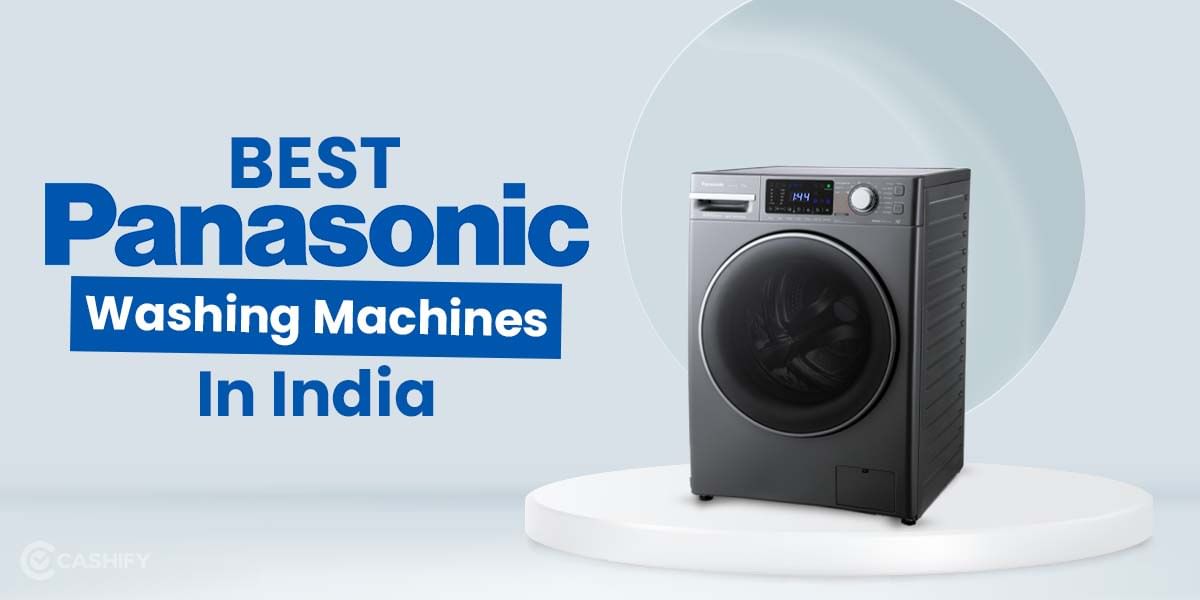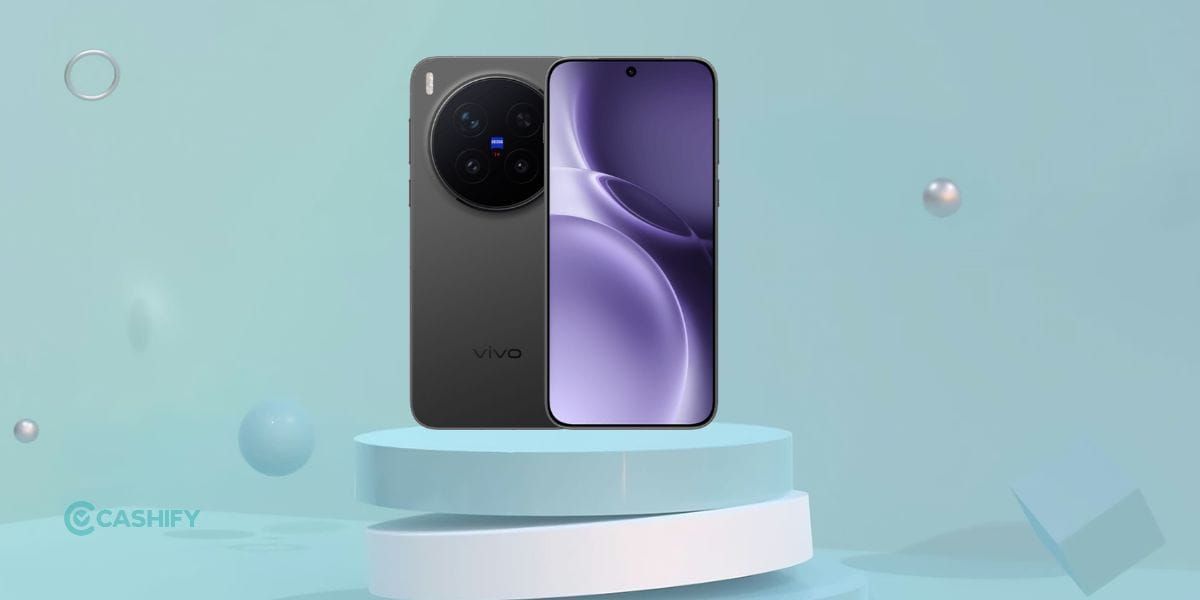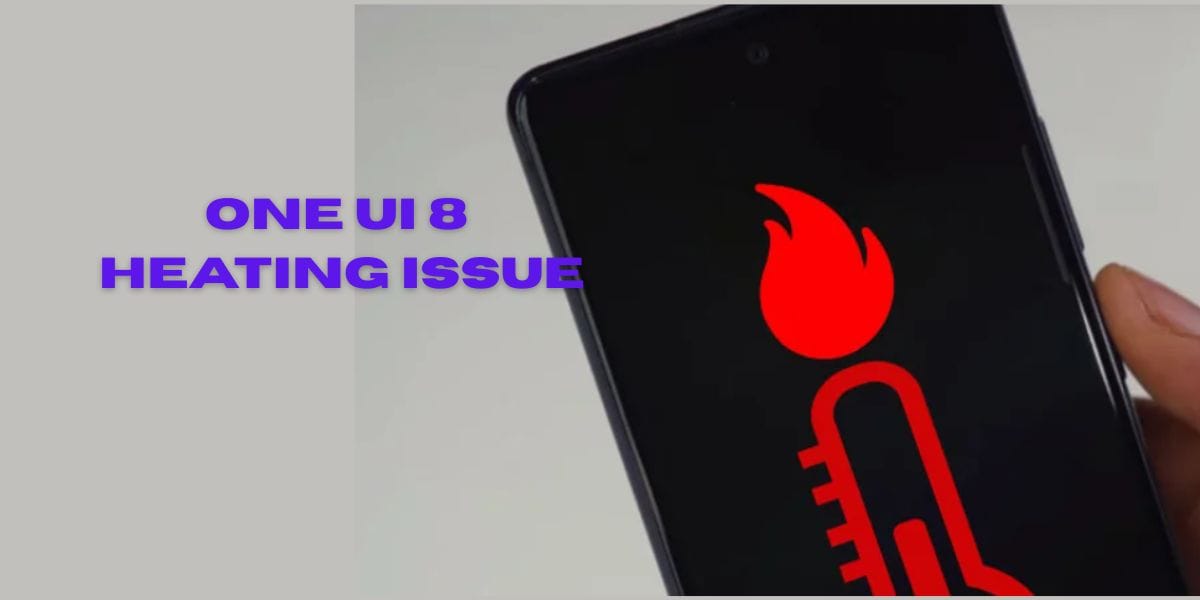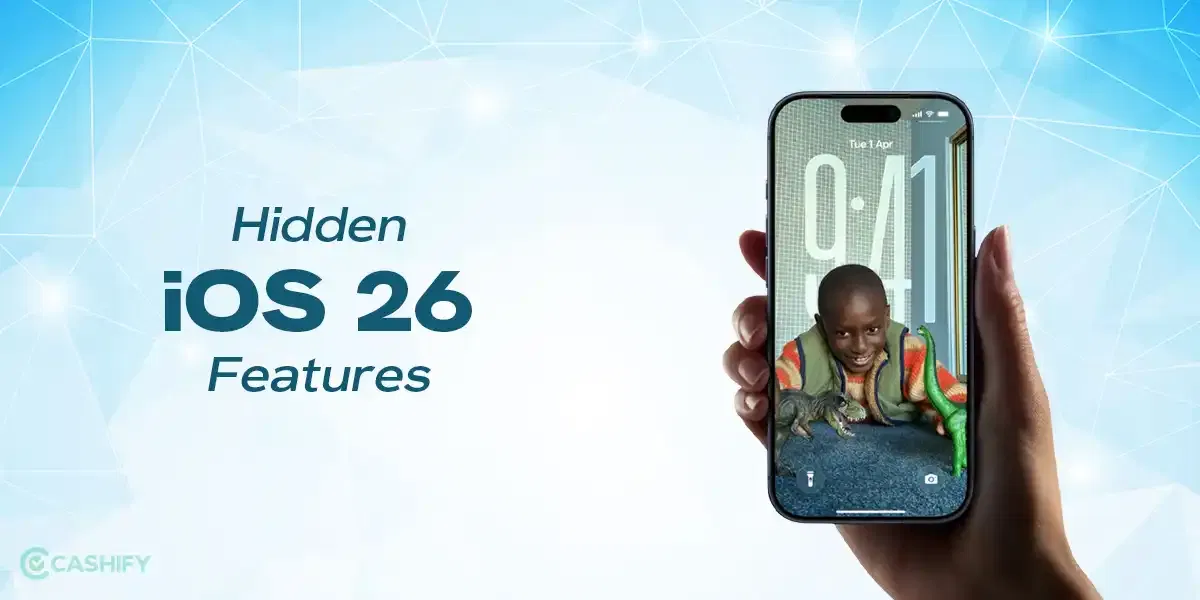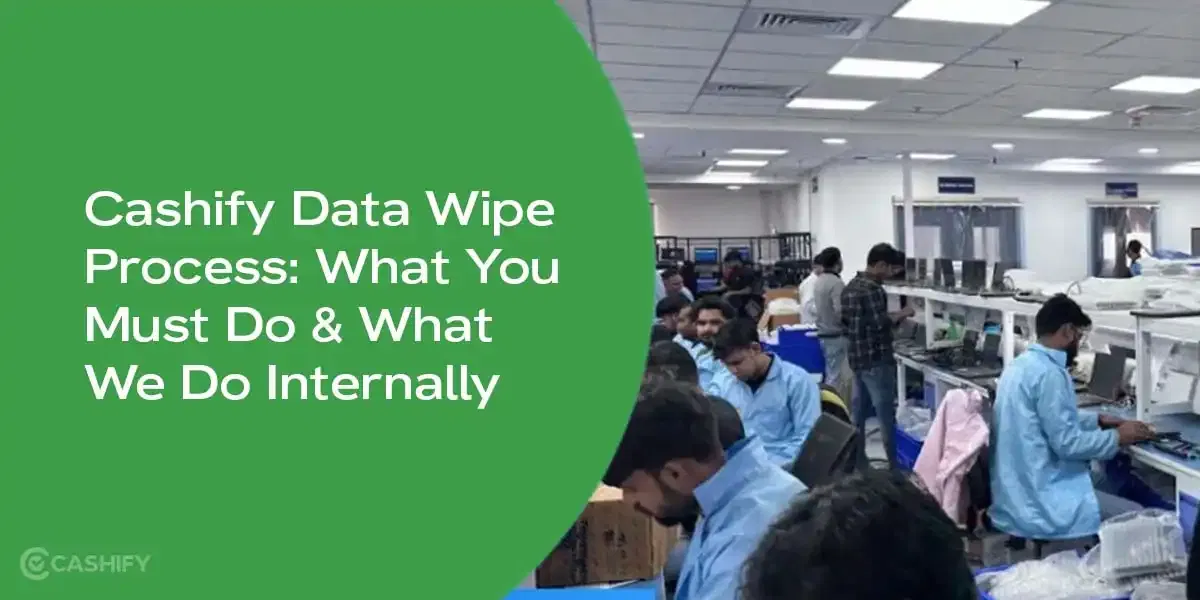Introduction
Xiaomi has launched numerous smartphones in the budget segment alone with its Redmi and Redmi Note lineup. While there have been various newest addition, we decided to look back at the popular Redmi 7 smartphone. As per the previous trends, Redmi 7 sits in the budget segment with its top variant priced below 10k.
On paper, the device comes with features such as Snapdragon 632, dual rear camera module. 4000mAh battery and gradient design. While the device seems pretty good on paper, the reality can sometimes be a little different. With that in mind, we decided to give this device a chance to be our daily driver. Let’s find out how well Redmi 7 manages to perform in reality.
Price in India, Variants, and Availability
Xiaomi Redmi 7 comes in two different storage variant – 2GB+32GB and 3GB+64GB options. In terms of colors, the device is available in three different choices namely Comet Blue, Eclipse Black and Lunar Red. The base variant of the device is priced at INR 7,999 while the top-end variant is going to cost you INR 8,999.
You can purchase the smartphone exclusively from Amazon India as well as Xiaomi’s official website. At the time of writing this review, the buyers can enjoy various benefits such as No Cost EMI on major credit and debit cards and Double Data offer on Reliance Jio.
Box Contents
Xiaomi Redmi 7 comes packed in a minimal and somewhat premium white colored box with the company’s branding on top and the device name written at the bottom left corner. I really liked the strip at the bottom which gives nice aesthetics to the overall packaging.
Opening the box, the first thing which you’ll see is the rectangular section which as usual consists of SIM ejector tool, a black case and some documentations.
Keeping this aside, you’ll now be greeted by the device itself which is nicely covered with the protective plastic film. There are a 10W charger and a Micro USB cable in the box too.
Here is a quick overview of what you’ll be getting inside the box:
– Xiaomi Redmi 7
– 10W charging adaptor
– A Micro-USB cable
– A black soft case
– SIM ejector tool
– Manuals and documentation
Specs at a glance
Before we jump right into the review, let’s have a look at the specifications of the device first.
– Display: 6.26-inch IPS LCD panel, 720×1520 pixels, 269ppi
– Processor: Snapdragon 632, 14nm
– RAM & ROM: up to 3GB and up to 64GB
– Rear cameras: 12MP+2MP
– Selfie camera: 8MP, f/2.0
– Battery: 4000mAh capacity, 10W fast charging support
– Software: Android Pie, MIUI 9
– Weight: 180g
– Dimensions: 158.7×75.6×8.5mm
With specs cleared out of the way, let’s look at the very first aspect of this review.
Design and Build
Unlike Redmi 6, Xiaomi decided to spice things up a little bit in its budget segment lineup and ended up introducing gradient design to the successor. The smartphone looks quite stunning with its two newer color options. Even the Lunar Black one ended up giving us a mesmerizing appeal with its smoky finish. Of course, the device is completely built on the plastic but it still feels reasonably sturdy. We didn’t have any problem with the device’s weight and dimensions since it draped comfortable well in our hands.
At the back, there is a dual-camera module aligned vertically along with an LED flash. There is a physical fingerprint sensor at the back accompanied by the company’s branding at the bottom end. Surprisingly, the back doesn’t attract fingerprint smudges that often and even if it does, you can simply wipe off it. Even though the device feels sturdy, it is definitely not the durable one out there. In fact, we started getting small scratches in our usage of week or two. You might want to use the bundled silicon back cover just in case.
Moving on to the buttons, they are also made up of plastic but still delivers that solid click effect. There is a power button and volume rocker on the right side while the sim card tray is located at the left. As usual, the top consists of a 3.5-mm headphone jack and an IR blaster. At the bottom, there is a dual-speaker grille and a Micro USB port for charging. The front is dominated by a 6.26-inch display having a dewdrop notch on the top. Sadly, the bezels and the chin are not that thin. Xiaomi moved the notification LED to the bottom chin near the charging point which I found quite weird. On top of that, I was not able to think of any reason for this position replacement since the bezels are still thick.
Overall, the Redmi 7 manages to give that attractive eye-appealing design factor at the budget segment thanks to the gradient design and various color options. Even in terms of build, the device is quite sturdy and somewhat durable.
Display
Xiaomi Redmi 7 comes with a 6.26-inch IPS LCD display panel with dewdrop notch on top. For an added protection, there is a Corning Gorilla Glass 5 on top of the display. With HD+ resolution having 720×1520 pixels, the device delivers a fairly decent viewing experience. Due to the low brightness level, watching movies or consuming content is not that immersive. In fact, the sunlight legibility takes a hit because of the brightness issues.
The viewing angles and color reproductions are fairly decent and in my usage, I faced no problem in this department whatsoever. There are various display-related features included in the software such as color wheel and color adjustment. You can also decide to hide the notch if that bothers you much. Like any other budget phone, the device has thick bezels and a large chin.
It is worth noting that the phone lacks Widevine L1 support meaning you’re limited to SD resolution when it comes to streaming content from Netflix, Prime Video and other similar services. Apart from this, the device offers a reasonably decent display experience.
Performance
Under the hood, the Redmi 7 is powered by a Qualcomm Snapdragon 632 chipset coupled with up to 3GB of RAM and up to 64GB of onboard memory. For graphics, the device makes use of Adreno 506 GPU. The Snapdragon 632 is a fairly capable chipset which is manufactured over a 14nm fabrication process. It consists of eight cores with four Kryo 250 Gold clocked at 1.8GHz and the remaining four being Kryo 250 Silver clocked at the same 1.8GHz.
In terms of performance, the device was able to handle the moderate multitasking smoothly. As my daily driver, not once I faced any stutter or lags. For an average user who likes to do a fair bit of multitasking, the device would deliver a smooth experience overall. We would recommend the 3GB variant for those who need multitasking power while a light user can go for the 2 gigs variant. With 3GB of RAM at disposal, the apps will remain in the memory for quite a long time.
Coming to the gaming department, the processor is not designed for excessive graphics-intensive gaming. You can play games like Asphalt 9 very smoothly for a longer period of time without facing any heating problems. You can also play Pubg Mobile on the device but at the lowest setting possible. If you’re looking to play Pubg Mobile a lot, then we would recommend you to look elsewhere.
The device comes with up to 64GB of internal storage and if that is not plenty for you, you can make use of the dedicated MicroSD slot to expand the storage.
Software
In terms of software, Xiaomi Redmi 7 runs on the latest version of Android operating system i.e. Android 9.0 Pie based on the company’s very own custom MIUI 9 skin. Xiaomi’s custom skin manages to offer a pretty decent experience with lots of useful features built right in. As expected, there are tons of bloatware present all over the UI. Fortunately, most of them can easily be uninstalled while you’ll have to deal with the remaining.
Another major concern with MIUI is the fact that it has tons of annoying ads all over the system. You do get an option to disable many while setting up the device. Apps such as Browser and Mi Video throws a large number of ads. If you can manage to ignore this, then you will actually love using the MIUI.
Features such as OTP copy and QR scanner in camera app comes in very handy. I personally liked the fact that you can open scan Paytm QR code from the camera itself and the app will redirect you to Paytm app.
Cameras
In terms of imaging, the Redmi 7 boasts a dual-camera setup at the back consisting of a primary 12MP sensor and a secondary 2MP depth sensor. For selfies, there is a single 8MP front snapper having an aperture of f/2.0. When it comes to the cameras, Redmi 7 works like any other sub-10k budget smartphone.
In daylight conditions, the clicked images turn out to be fairly well with a good level of details and fairly decent colors. If you’re looking to enhance the dynamic range, you can enable the HDR feature in the camera app. Speaking of features, the device comes with Auto HDR, portrait, slow-mo, Pro mode and time-lapse. It also has an AI mode which as usual detects the settings analyzing the surroundings. Portrait mode works pretty well with acceptable edge detection and good bokeh effect.
Moving to the low-light performance, the device struggles a lot as expected. The level of details reduces drastically with pictures coming out with lots of grains. The low-light camera performance has never been the strongest suit for a budget device. Selfies turn out to be pretty decent with no oversaturation and over smoothing of the face. In short, the selfies churning out from this device is reasonable enough to upload it on social media.
Battery Life
Xiaomi Redmi 7 is backed by a massive 4,000mAh battery with the support of 10W fast charging. The device will easily last a day on a single charge for a heavy user who likes to switch between apps a lot. My daily usage during testing looked something like this – WiFI and Bluetooth always-on, constant text messaging, few sessions of gaming, large music playback, few hours of YouTube streaming and a moderate level of calls.
If you’re an average user, then the device can easily last you for two days which is impressive. The exceptional battery life is largely due to the less power consuming processor and low-res display. The device takes around 2 hours to completely charge from zero to 100%.
Audio, Biometrics, and Connectivity
For audio, the device has a bottom-mounted single speaker which manages to give a decent output. At full volume, I didn’t notice any kind of sound distortion whatsoever. There is a 3.5-mm headphone jack which also delivers excellent output. Coming to the calling, we faced next to zero issues with the calling quality, microphone, and earpiece. I would like to point out that the audio output from the earpiece felt a little low for some reasons.
There is a fingerprint sensor placed at the back which opens your device very quickly. The reader is quite fast, accurate and reliable. There is an option of Face Unlock which takes a little more than a second. It uses 2D representation of your face so it is not that reliable. Surprisingly, Face Unlock worked pretty well under dim-light conditions.
The Redmi 7 has all the standard connectivity features such as single band WiFi, Bluetooth 4.2 with aptX HD, GPS, IR blaster, FM Radio and a Micro-USB port for charging.
Pros and Cons
Pros
– Attractive and stunning design
– Excellent battery life
– Smooth UI experience
– Decent performance
– IR blaster comes in very handy
– Good camera performance under daylight conditions
Cons
– Annoying ads in MIUI 9
– Expect lags in base-variant if you’re a moderate user
– Low audio output from the earpiece
Xiaomi Redmi 7 is a significant upgrade over its predecessor Redmi 6. The device comes with all the essentials such as exceptional battery life, fairly decent performance, smooth experience, and good display. The device looks attractive and stunning with the new gradient design which is also something to consider. The device does lag behind in terms of cameras and gaming performance but that’s the case with almost every other sub-10k smartphone.
If your major concern is the camera, then you should look at the Redmi Y3 which offers exceptional selfie and rear camera performance. If you’re looking for an all-rounder device which offers something in every department, then Redmi 7 could be a decent pick for you. The only major concern with the device is the annoying ads filled in the UI. If that bothers you, then you can look at the Asus Zenfone Max Pro M2 which offers near Stock Android experience.
The base variant of Xiaomi Redmi 7 is not a good pick in our opinion due to the low amount of RAM and internal storage. For a light user who is not going to do multitasking, the base variant could be a way to go. Thankfully, you can always expand the storage using the additional SD card slot.

